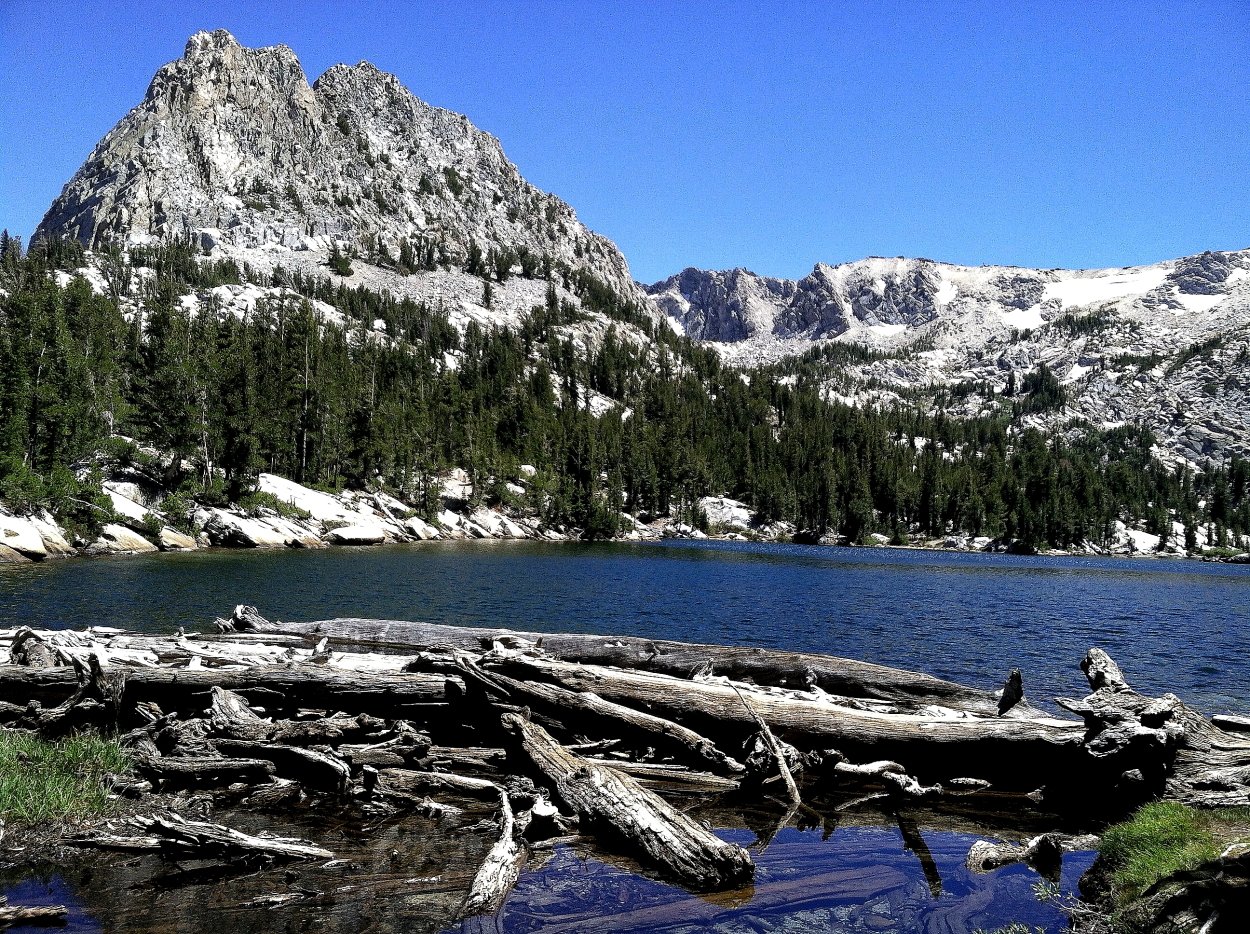Introduction
Crystal Lake is a name that sparks curiosity: shimmering water, tree-lined shores, and a mix of local lore and recreational appeal. Whether you’re researching a weekend escape, compiling local travel resources, or writing about community spaces, Crystal Lake offers more than a postcard view. This article is designed to be clear, trustworthy, and useful by focusing on verifiable facts, practical tips, and a balanced perspective on recreation and stewardship. I’ll walk you through the lake’s origins and history, the natural features and activities that attract visitors, practical guidance for planning a visit, and the conservation efforts that keep the lake healthy for future generations. Read on for concise, reliable sections each crafted to help readers understand what makes Crystal Lake special and how to enjoy it responsibly.
History and Origins of Crystal Lake
Crystal Lake’s story often begins with its natural formation and the people who lived around its shores long before modern recreation. Many lakes with this name were originally formed by glacial activity, river meanders, or groundwater-fed basins, creating clear, spring-influenced waters that inspired their name. Over time, local communities grew up around these tranquil settings, with settlement often tied to fishing, small-scale farming, and early transportation routes. As towns modernized, Crystal Lake became a gathering place hosting seasonal fairs, boating traditions, and community picnics. Historical landmarks around the shoreline old boathouses, early mills, or preserved cottages help tell the story of changing land use and leisure patterns. Understanding that history enriches a visit: it shows how conservation and development have balanced community needs, and why local preservation efforts matter today.
Natural Features and Popular Activities
Crystal Lake’s main attraction is its natural character: clear water, varied shoreline habitats, and abundant birdlife. Many lakes in this category feature gently sloping beaches, rocky coves, and shallow areas that warm in summer perfect for swimming and family outings alongside deeper sections favored by anglers. Aquatic plants and emergent vegetation provide habitat for fish, frogs, and waterfowl, while surrounding woodlands support songbirds, mammals, and seasonal wildflowers. Popular activities typically include kayaking, paddleboarding, catch-and-release fishing, hiking around the perimeter trails, and photography. For nature lovers, early morning or dusk offers the best wildlife viewing. Seasonal changes also offer variety: spring brings migratory birds, summer opens recreational access, fall highlights foliage reflections, and winter may invite ice-fishing or peaceful snowshoeing when conditions are safe. Enjoying these features responsibly staying on marked trails, following fishing regulations, and avoiding disturbance of nesting birds preserves the lake’s biodiversity.
Visitor Guide: Best Times, Facilities, and Practical Tips
Planning a visit to Crystal Lake is easiest when you account for seasonality, amenities, and simple safety practices. Peak season typically runs late spring through early fall when swimming, boating, and picnicking are most pleasant; however, visiting during shoulder seasons can offer quieter experiences and excellent wildlife viewing. Check local resources for parking, restroom availability, and whether lifeguards are on duty at swimming areas. Bring layered clothing (weather can shift quickly near open water), sun protection, drinking water, and a small first-aid kit. If you plan to boat, confirm any required permits or rules about motorized boats many smaller lakes restrict engine size to reduce noise and pollution. Observe posted signage about pet rules and leash laws; pack out all trash and use recycling bins when available. Finally, validate fishing regulations and obtain the proper license if you plan to fish following rules supports sustainable fish populations for everyone.
Conservation, Community Efforts, and Responsible Recreation
Long-term enjoyment of Crystal Lake depends on a mix of official conservation measures and everyday choices by visitors and residents. Common initiatives include shoreline restoration, invasive species monitoring, water-quality testing by local environmental groups, and educational outreach in schools. Many communities host volunteer clean-up days, native-plantings to stabilize erosion-prone banks, and campaigns to reduce fertilizer runoff from nearby lawns. Responsible recreation behaviors using eco-friendly sunscreen, avoiding single-use plastics, cleaning boats to prevent invasive hitchhikers, and keeping dogs under control near sensitive areas all contribute to the lake’s health. Supporting local conservation groups through volunteering or modest donations amplifies these efforts. When visitors respect both rules and nature, Crystal Lake remains a safe, scenic resource for families, wildlife, and future generations.
Conclusion
Crystal Lake is more than a scenic name: it’s a living place shaped by natural forces, local history, recreational traditions, and ongoing conservation. Whether you’re planning a day trip, researching local attractions, or simply curious about the lake’s role in the community, a thoughtful visit combines enjoyment with responsibility. Use the practical tips above to plan your trip, savor the natural features respectfully, and consider supporting community stewardship efforts. In doing so you help ensure that Crystal Lake continues to be a clear, welcoming place for recreation and reflection a small, meaningful refuge in an increasingly busy world.
Frequently Asked Questions (FAQs)
Q1: Is Crystal Lake safe for swimming?
A1: Safety depends on current water quality, weather, and posted advisories. Swim only in designated areas with lifeguards if available, and avoid swimming after heavy rains when runoff may affect water quality.
Q2: Do I need a permit to boat on Crystal Lake?
A2: Permit rules vary by location. Many smaller lakes allow non-motorized boats without permits, while motorized craft may require registration or be restricted. Check local park regulations before you go.
Q3: What wildlife might I see at Crystal Lake?
A3: Expect waterfowl (ducks, geese), shorebirds, fish species, and mammals like turtles or small mammals in the surrounding woods. Seasonal migration can increase bird diversity during spring and fall.
Q4: Are there picnic and restroom facilities?
A4: Facilities vary by site. Some lakes have maintained picnic areas, restroom buildings, and playgrounds; others are more rustic. Look up the specific Crystal Lake location’s amenities in advance.
Q5: How can I help conserve Crystal Lake?
A5: Volunteer for cleanups, avoid using fertilizers near the shoreline, follow “leave no trace” principles, clean boats to prevent invasive species, and support local conservation organizations financially or with time.
